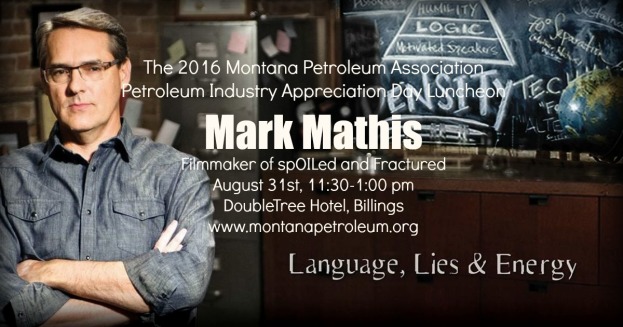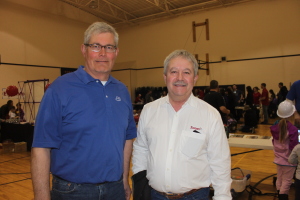Thursday, January 25, 2018 – 8:30am
BISMARCK, N.D. – Gov. Doug Burgum welcomed news today that Hess Midstream Partners and Targa Resources will build a $150 million gas processing plant near Watford City, as North Dakota produces record volumes of natural gas and approaches record high oil production.
The Little Missouri Four gas plant will process 200 million cubic feet of gas per day at Targa’s existing Little Missouri facility in McKenzie County, Hess announced. Completion is expected in the fourth quarter of this year.
Natural gas production in North Dakota reached a record of nearly 2.1 billion cubic feet per day in November 2017, while daily oil production hit 1.19 million barrels per day, approaching the record high of 1.23 million barrels per day set in December 2014.
“We are thrilled to welcome Hess’ significant investment, which underscores the company’s longstanding presence in North Dakota and commitment to our state,” Burgum said. “This processing plant will provide much-needed capacity at a time when North Dakota’s oil production nears record levels and associated natural gas production continues to climb. It’s a huge step in the right direction toward continuing to meet our flaring reduction goals and encouraging responsible energy development and infrastructure investment.”
In addition to the anticipated $150 million in constructions costs for the gas plant, Hess Midstream and Hess Infrastructure Partners LP will invest approximately $100 million for new pipeline infrastructure to gather gas for Little Missouri Four, Hess said.
During his State of the State Address on Tuesday, Burgum said work is needed at the state and federal levels – including streamlining the burdensome process for siting pipelines on federal and tribal lands – to capture the increasing volume of natural gas as oil production grows.
“Bakken gas production has grown at a rate twice as fast as oil production in the last four years,” Burgum said. “Additional private-sector capital investment for gas capture and value-added processing is exactly what we need to simultaneously grow our economy and protect our environment.”
SOURCE: https://www.governor.nd.gov/news/burgum-welcomes-hess-and-targa%E2%80%99s-investment-150m-gas-processing-plant-efforts-reduce-flaring









